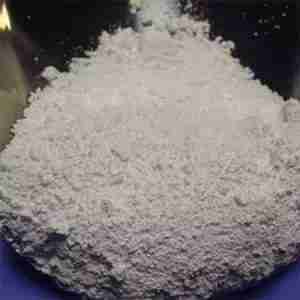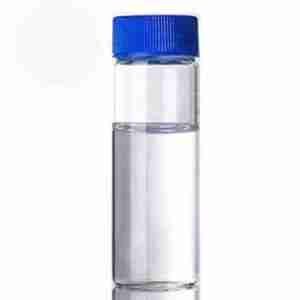Lauric acid Properties
Detection Item
Qualit Indexes
Anarysis Result
Acid Value ( mg KOH/g)
278-282
280
Saponification Value ( mg KOH/g)
279-282
281
Moisture %
≤0.20
0.04
Iodine Valve (g 12/100g)
≤0.20
0.08
Colour
≤0.2R 1.0Y
0.1 R 0.7 Y
Unsaponifiable Matter %
≤0.5
0.2
Titer (℃)
42-44
43.6
Chain Distribution (%) C10
≤1
0.1
≥99
99.8
≤1
0.1
Conclusion: The product conforms to Enterprise standard
Lauric acid Usage
1、Used in the preparation of alkyd resins, wetting agents, detergents and insecticides
2、my country stipulates that it can be used for peeling vegetables and fruits, and the maximum use amount is 3.0g/kg.
3、Defoamer; GB2760-86 stipulates that it is permitted to be used as a spice; it is a component for preparing other food-grade additives.
4、Dodecanoic acid is the most widely used in the surfactant industry. According to the classification of surfactants, there are cationic, anionic, nonionic and amphoteric types. Dodecanoic acid series surfactant varieties. Some surfactants of dodecyl acid and dodecyl alcohol derivatives are also disinfectants, such as dodecyl dimethyl benzyl ammonium chloride (Zermin), dodecyl dimethyl benzyl ammonium bromide (Syngermide), dodecyl dimethyl (2-phenoxyethyl) ammonium bromide (Dumiphen). The dodecyl dimethyl ammonium-2,4,5-trichlorophenol salt in these derivatives can be used as a citrus preservative. Dodecanoic acid has many applications in plastic additives, food additives, perfume industry, and pharmaceutical industry.
Lauric acid Chemical properties
colorless needle-like crystals. Soluble in methanol, slightly soluble in acetone and petroleum ether.
Lauric acid Industrial production methods
Can be summarized into two categories:
It is obtained from natural vegetable oils through saponification or decomposition under high temperature and pressure;
Second, it is separated from synthetic fatty acids. Japan mainly uses coconut oil and palm kernel oil as raw materials to produce lauric acid.
The natural vegetable oils used to make dodecanoic acid include coconut oil, Litsea cubeba kernel oil, palm kernel oil and mountain pepper kernel oil. Among other plants, such as palm kernel oil, rubbing tree seed oil, camphor seed oil, etc., dodecanoic acid can also be produced by the service industry. The remaining C12 fraction in the extraction of dodecanoic acid contains a large amount of dodecenoic acid, which can be hydrogenated at atmospheric pressure without catalyst, and can convert hydrocarbons to dodecanoic acid with a conversion rate of over 86%.
It is obtained by separating and refining coconut oil and other vegetable oils after hydrolysis.
It is naturally present in coconut oil, Litsea cubeba kernel oil, palm kernel oil and pepper kernel oil in the form of glycerides. Industrially, it can be obtained by hydrolysis of natural oils. Add coconut oil, water and catalyst into an autoclave, and hydrolyze it into glycerol and fatty acid at 250°C and a pressure of about 5MPa, which contains 45% to 80% of dodecanoic acid, which is distilled to obtain dodecanoic acid.






